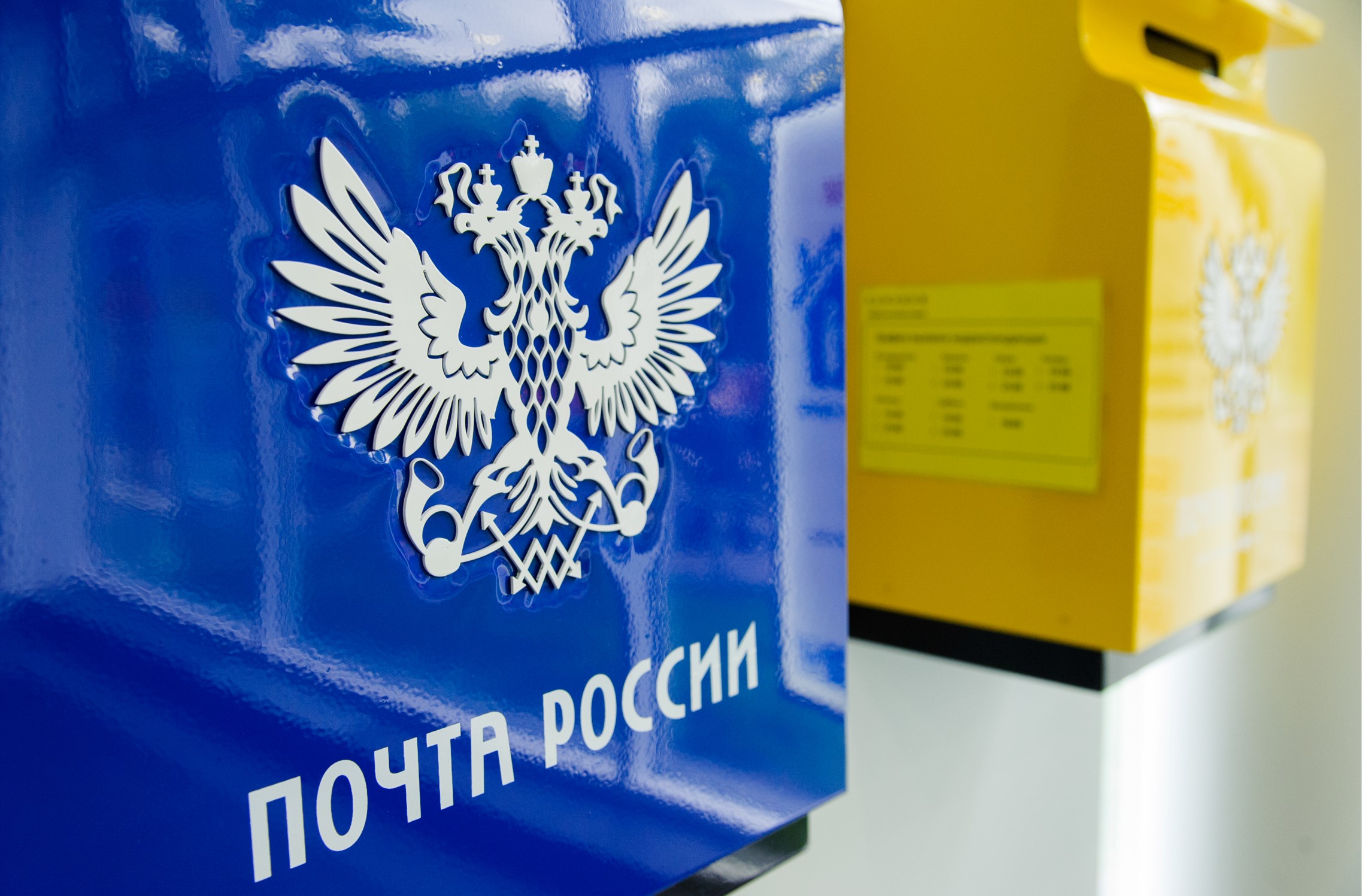1 / Russian e-commerce market drivers
E-commerce in Russia keeps growing in 2021. According to Statista, by 2025 the audience of the Russian e-commerce market will reach 73.1 million users.
Russian Post’s own forecasts are that in 2021-2024 the average annual growth rate of the segment will be around 30%. The leading analytical agencies identify several key drivers for the Russian e-commerce growth.
The first factor is Internet penetration. According to research by We Are Social and Hootsuite, the number of web users from 2020 to 2021 grew by 6 million people, or 5.1%. In its turn, Mediascope notes that last year more than 90% of Russians under the age of 44 used the Internet.
The second factor is the increase in regular online purchases. Assist points out that in Q1 of 2021 the number of users regularly making 1-3 online purchases per week increased 3 times (compared to the same period in 2020). According to Deloitte, in 2021, 97% of respondents made at least one order online in 2021 (87% in2019).
The third factor is the pandemic and the restrictions. Online shopping is firmly entrenched in the daily life of the majority of Russians. According to Data Insight estimates, the impact of the pandemicon the growth of e-commerce in Russia will be at least 6% on average per year until 2024. The cumulative additional growth due to the factors of the pandemic over these years will amount to 4.4 trn rubles out of 23.3 trn rubles of the total market volume over these years. In 2024, according to the agency's forecasts, the volume of online sales created by the factors of the pandemic will amount to 1.6 trn rubles.
2/ Trends in popular e-commerce segments in Russia and consumer preferences
According to Deloitte, fashion remains the largest segment in e-commerce today. The agency's forecasts are that by the end of 2021 its volume will amount to $152.321 mln. According to experts, today more Russians prefer branded products: about 33% have one or more favorite clothing and footwear brands.
Another popular category in Russian e-commerce is baby products. According to a survey by Deloitte, in 2021 53% of respondents bought goods for children online (in 2020 – 49%). The average online ticket in the segment has grown by $7.22 since 2019. At the same time, more and more often Russian buyers pay attention to the environmental friendliness of the category products. 36% of Deloitte’s study respondents commented that they are most interested in organic products for children. 7% of respondents named children's goods and toys as the most popular type of product for purchasing online only.
The demand for sustainable products is also observed in the Cosmetics and Perfumery segment. According to Deloitte, 11% of Russian online shoppers need eco-labels on these products.
3/ Clothes and footwear online sales in Russia increased by 35%
The number of orders in online clothes and footwear stores increased by 40%. In total, 215 million orders were made for 382 bln rubles. Data Insight experts reached such conclusions having analyzed the sales of 109 largest online retailers* in the segment at the end of 2020.
According to the researchers, online stores of clothing and footwear accounted for 27% of the Russian e-commerce market in terms of the number of online orders and 15% in terms of online sales in rubles.
At the same time, 75% of online stores in this segment chose Russian Post as their last mileprovider.
*In theTOP-1000 largest Russian online stores (by the number of online orders)
4/ Online sales of baby products in Russia are showing impressive growth
According to Data Insight, the number of orders in online children's goods stores* in 2020 increased by 82%. Online sales for the period increased by 63% in value terms compared to 2019.
In total, online shoppers in Russia made 30 million orders worth 60 bln rubles.
Online shoppers in Russia prefer to use mobile devices to visit children's goods online stores (61%).
72% of online stores in the segment choose Russian Post for last mile.
*The segment statistics are given for 32 children's goods online stores from the TOP-1000 largest online stores by the number of orders.
5/ Russian Post’s analytics: features of Russian customers' shopping during sales
According to a study by Russian Post, 58.2% of Russians plan to shop only in online stores during sales. 59% of respondents – to make online orders in foreign online stores.
The popularity of foreign online stores among Russians is associated with several factors. 69% of respondents believe that goods inforeign online stores are cheaper, 53% note that there is a wider assortment on foreign online platforms, 47% – that such sites offer goods not available in Russia.
As the study showed, residents of cities with a million-plus population prefer delivery to PUDO (60%) and are ready to spend up to 10,000 rubles on sales (34%).
Among the categories of goods that Russians want to buy online in 2021 the respondents named clothes (51%), electronics and appliances (43%), goods for hobbies and leisure (28%), household and DIY goods (27%), perfumery and cosmetics (23%).
4,750 Russians took part in the survey. 57% of them were women. 37% of the respondents were aged 45 to 65, 25% – 35-44, 18% – 25-34. 36.7% of the respondents live in cities with a million-plus population, 34.6% – in cities with a population of 100,000 to 1 million inhabitants, 28.8% – in small settlements with up to 100,000 inhabitants.
6/ Two-thirds of Russian online shoppers on Black Friday buy goods spontaneously
According to Yandex Advertising analysts, interest in shopping on Black Friday has grown almost by a third in 2021 compared tolast year. At the same time, two-thirds of the sale participants buy goods on the spot — most often this impulsive demand is formed by books, sports goods and services in the sphere of entertainment.
People aged 25–44 mostly buy household appliances, homeware, sports goods and children’s products. Shoppers aged 45–60, apart from homeware and household appliances, choose services from travel category.
Most Black Friday shopping is done online: last year 44% of customers bought from online stores, and 45% — from marketplaces. In 2020 marketplaces were especially popular with women, people aged over 25 and those living in the cities with population of up to 1 mln people.
7/ Russian e-comerce market grew by 2.7% overfirst 9 months of 2021
AKIT (the Russian e-commerce association) has presented an overview of the Russian e-commerce market for the first 9 months of 2021. As of the end of October, its volume reached 2.412 trillion rubles. For reference: for 9 months of 2020 the volume of online trade amounted to 2,348.4 billion rubles (or 2.3 trillion rubles). The growth of cross-border trade in Q3 2021 (July, August, September) was 77%, 64%, 59%, respectively.
In monetary terms, household and electronic appliances are the biggest category in online shopping: 25% account for the local and 28% – for the cross-bordermarket. This is followed by furniture and homeware with 15% and 17% respectively, clothing and footwear – 14% and 10% and food – 9% and 6%.
8/ Data Insight: online cosmetics sold 83 million orders worth 95 bln rubles in 2020
The number of orders in online cosmetics stores* in 2020 increased by 158% (compared to the same period in 2019). The volume of online sales for the period increased in monetary terms by 99%.
In terms of the number of online orders, the share of online cosmetics stores in 2020 accounted for 10% of the Russian e-commerce market. As noted by Data Insight experts, customers more often visit online cosmetics stores from mobile devices (61%) than from desktops. 86% of online retailers use delivery by Russian Post.
*The study provides the data onthe cosmetics stores that are included in the TOP 1000 online retailers by the number of orders in 2020, as well as the largest universal marketplaces (with annual online sales of at least 100 bln rubles per year) – for the latter only sales are taken into account in Beauty category.











